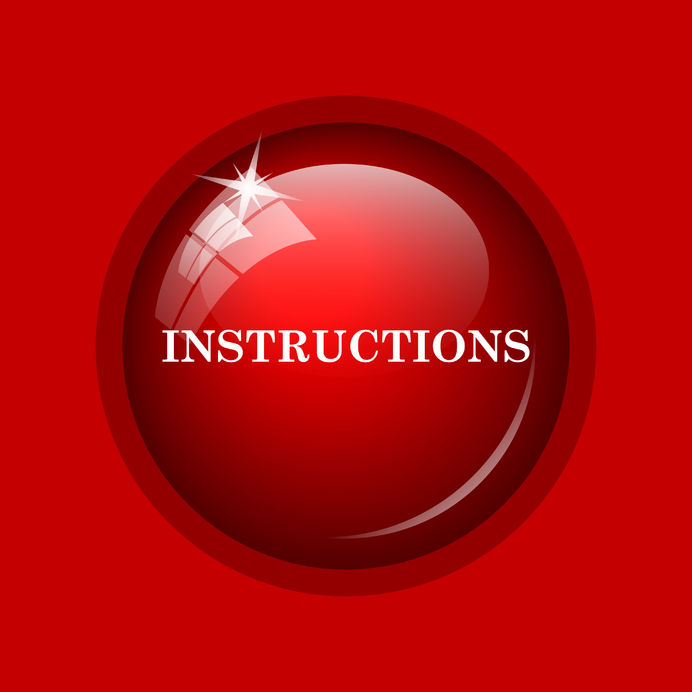Your marketing efforts are really starting to pay off. You’re a lead gathering machine.
Each passing week brings in a record-setting lead volume, far exceeding your own expectations. Best of all, there’s not one particular lead source that is overly dominant. Everything you’re doing seems to be working, and that includes organic web search, paid advertising, trade shows, and word-of-mouth referrals.
As optimistic as you are about your marketing engine, you’re now dealing with a new problem: making sure that each lead is efficiently funneled into your CRM. With leads expressing interest via email, webforms, phone calls, and other ways, you need a quick and easy workflow to collect their information for follow up.
Luckily, if you’re using Insightly, you have access to a CRM that can accommodate even the most complex lead collection model. In this post, I’ll share a few tips for effectively gathering leads, thereby freeing up new resources for engagement (and bypassing all the administrative nonsense).
Start by Connecting Your Website to Your CRM
You’ve invested significant effort in your web marketing initiatives. A lightning-fast website, a new content team, and a revamped CPC bidding strategy are just a few of the priorities you’ve deployed this year.
These programs have your website buzzing with new inquiries. Prospects seem to be particularly fond of your whitepapers, eBooks, and other downloadable assets. And, with each new download, your website sends you (and select members of your staff) more emails to sort through. At first, these emails were helpful and even somewhat exciting to receive. Lately, however, they’ve become a serious distraction to your operations. They’ve also been known to get buried in your team’s inboxes, creating a significant lag in the follow-up sequence.
It’s time you created a more streamlined connection from your website to your sales funnel. Insightly can help you do exactly that by means of its intuitive web-to-lead connectivity. Here’s how to set it up.
First, have your CRM administrator or website manager go through the simple process of generating the HTML code.

During setup, you can even specify who (if anyone) will receive email notifications upon submissions. (Note: It might be wise to enable email notifications initially, to ensure everything still works to your specification. When your team is comfortable with the new workflow, you can then turn off the notifications.)
Once the code is embedded into a webpage, form submissions will start to appear as new leads. Best of all, they’ll be assigned to a specific Insightly user, ensuring the lead is contacted sooner rather than later.
Already invested in a third-party form builder? No worries, as Insightly connects directly to several of the leading online form builders (or indirectly via the Zapier platform). Check your tool’s integration options to see if an Insightly integration can be enabled.
Build a Workflow for Inbound Calls
Despite the many resources and webforms on your site, some leads just prefer to speak with a human being. That’s fine, as your inside sales team is happy to help.
Unfortunately, there’s no consistency in how your phone bank tracks caller information. Some reps prefer handwritten notes, while others create their own spreadsheets. Still others submit call summary reports via email. This inconsistency creates unnecessary confusion, and in some cases, has caused certain leads to be completely overlooked.
You need a more reliable method for capturing and tracking phone inquiries.
There are several possible ways to use Insightly for solving this problem. Of course, you could require each agent to be logged in to Insightly and add lead records for each incoming call. Adding new leads from the user interface is relatively straightforward.

Alternatively, if giving your phone agents CRM access seems like overkill, you could build a web-to-lead form specifically for their use. Generate and embed the code on a webpage that’s only accessible to your reps, bypassing their need for user licenses. Adding new leads becomes as simple as visiting a webpage (which, by the way, could be set as the default homepage on their browsers) and submitting a form.
For additional efficiency, consider enabling a workflow rule. As phone calls are converted to leads in the system, the workflow can ensure that specific users are automatically assigned or follow-up actions occur.
Supercharge Your Team’s Inboxes & Browsers
Although web traffic and phone calls account for a large percentage of your inbound lead collection activity, even the most automated systems have outliers. For example, your staff may occasionally be on the receiving end of:
- Inquiries sent to your company’s general inbox
- Unsolicited referral emails from existing clients
- Responses from automated nurture sequences or newsletters
Again, Insightly can prove to be an invaluable tool for these types of unpredictable situations. For starters, each Insightly user has a unique mailbox address. When a message is forwarded to such an inbox, Insightly does some pretty nifty work behind the scenes. The system takes a look at existing contacts, searching for matching records. If there’s not a match, Insightly automatically creates a new contact and organization. It then links the email to the newly created records.

Although doing this technically creates a “contact” (and not a lead), it’s easy to add an opportunity to the contact for future follow up. (After all, qualified leads can be converted contacts and opportunities in a few clicks.)
If your staff checks email in a web browser (as opposed to a desktop client), the Insightly Sidebar can also be a viable option. Here’s a quick demo for setting that up.
By leveraging the Insightly Sidebar and/or mailbox tools, you’ll make it easier for staff to manage one-off leads (that might otherwise get lost).
Create Fingertip Access for Outside Reps
Before we wrap up this article, let’s not forget about your team out in the field.
Even if your reps spend most of their time calling on known accounts or existing customers, they’re always on the lookout for new prospects. By attending client meetings, networking opportunities, and industry events, your outside reps serve as a reliable source of new leads. Therefore, it’s important that you make it easy for your sales team to capture new lead information.
Since reps are usually away from their desks, be sure to invest time training your sales team on the Insightly mailbox. To further simplify the use of this feature, you might even have your IT staff set up contact entries for each rep’s unique mailbox address. (Tip: include an easy-to-remember keyword in the contact’s name, such as “Insightly” or “CRM.”) This way, when a rep is crunched for time, he or she can simply forward the email and start typing the name of that mailbox as the intended “contact.” The inbox should recognize the contact being referenced, pulling up the Insightly mailbox address.
For added firepower when on-the-go, the Insightly mobile app is also a great tool. From any web-enabled smartphone, your team quickly can add new lead records, notes, and other related information. Better yet, Insightly allows you to record and attach audio notes (up to 60 minutes per recording) to any lead record. Voice notes can serve as an excellent way to capture in-depth information, which would otherwise be difficult (if not impossible) to create with two thumbs and a smartphone.
And, once your reps have installed the Insightly mobile app, they’ll also be able to create new lead records simply by scanning in business cards. No more fumbling through a briefcase for the three dozen business cards gathered at a trade show. Scan them in with a few taps, and Insightly transcribes and saves the information in your CRM forever!
It’s Time You Turned Insightly Into a Lead Gathering Machine
Using your CRM primarily as a lead collection repository is a good place to start. However, the name of the game is to convert leads to lifelong customers – not to simply store their information in a database. By reducing the time and effort involved with lead collection, you’ll free up more time to actually engage with prospects.
As an Insightly user, you have access to a dynamic suite of lead gathering tools. Put this toolbox to good use and maximize the ROI from your CRM investment!

Matt Keener is a marketing consultant and President of Keener Marketing Solutions, LLC. Matt specializes in content marketing and strategic planning, having helped numerous Saas (software as a service) companies and other small businesses worldwide. Read more of Matt’s work, check out his book, or connect with him on Linkedin.
























